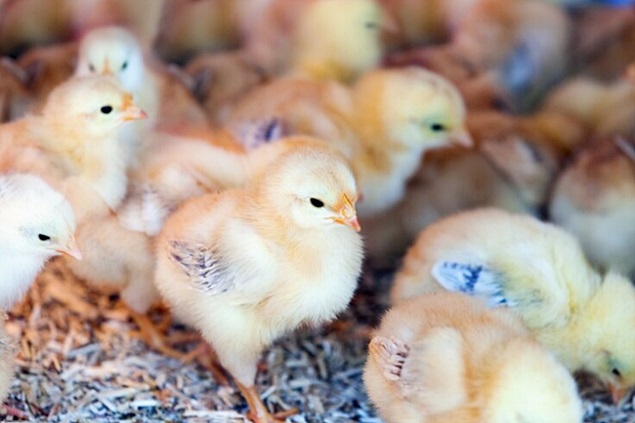1350

Academics from Israel and the USA have collaborated to create a rapid, accurate, and cost-effective bird sex genotyping system, as reported by PoultryWorld.
Urgent Demand
There is an urgent demand for improved protocols to determine the sex of a chick in the egg sector. Extensive efforts are being made to avoid the culling of day-old males through the development of in-ovo sex detection methods.
Any established in-ovo detection method must be validated by genotyping the embryo. As a result, there is a growing demand for rapid, inexpensive, and precise methods for adequate discrimination between males and females in the poultry science community.
The aim of the study, led by experts from Ben Gurion University in the Negev, Israel, and Syracuse University in the USA, was to develop a precise, high-capacity protocol for sex determination using small blood volumes.
Processing a Large Number of Data
Primers were designed targeting the Hint-W gene on the W chromosome, clearly differentiating between males and females.
They then took advantage of avian nucleated red blood cells to create a rapid lysate containing enough DNA for a direct PCR reaction, eliminating the need for DNA purification.
They replaced gel electrophoresis, which can process fewer samples at a time, with qPCR, which can process 96 samples per run.
Scientists say this method requires fewer steps than other chick sexing protocols using PCR and has a lower cost per sample, confirming that it is ideal for processing a large number of samples.
The Ct score obtained in the qPCR reaction necessary for determining the sex of chickens was then established, and the researchers validated the accuracy of their method using established protocols and gonad phenotyping. They tested their protocol with 4 different breeds of chicks, day 9 embryos, day-old chicks, and adult hens.





